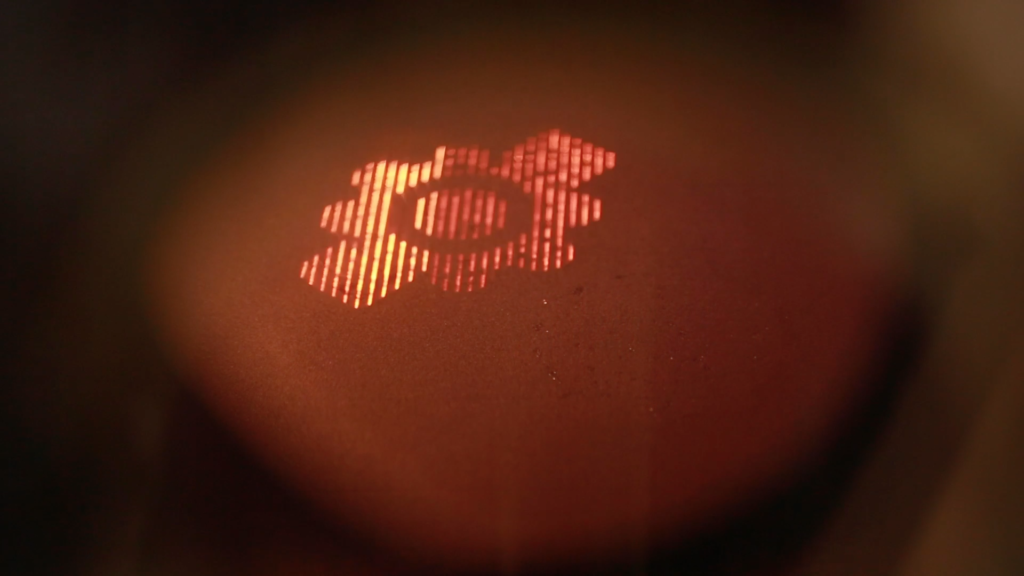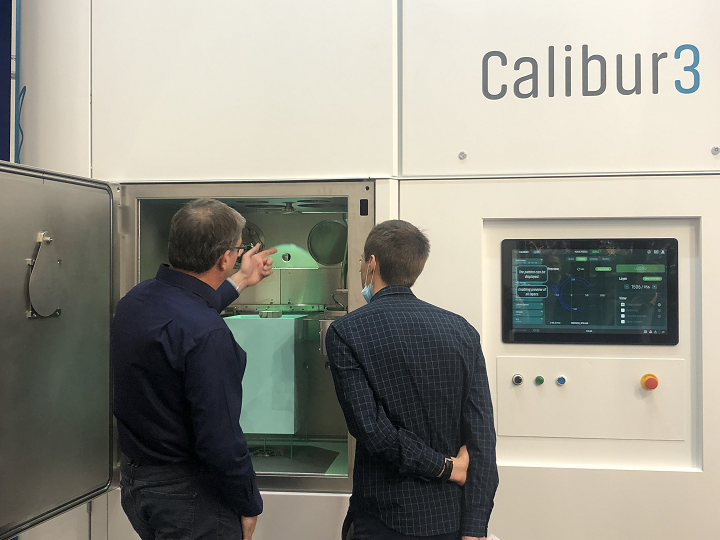UK company Wayland Additive, born out of a high-precision engineering team with expertise in the semiconductor industry, recently signed a partnership agreement with Tokyo-based HTL Co Japan Ltd, which sells and services high-tech equipment for the semiconductor, additive manufacturing, and flat panel display markets. Per this new agreement, HTL Co Japan will be a Wayland Additive distribution partner for Japan, Taiwan, and South Korea.
Since introducing its proprietary NeuBeam metal 3D printing process in 2020, Wayland has had a lot of R&D and commercial success with the technology, which was launched in full earlier this year with the introduction of the Calibur3 printer, which is an open system. The company’s innovative electron beam (eBeam) technology was developed in-house by a team of physicists skilled in electron beam technology and industrial systems for the semiconductor industry, and is said to be more flexible than laser-based 3D printing methods.
“It is a great pleasure to make this announcement today and to welcome HTL Co Japan as a strategic partner for Wayland Additive. HTL Co Japan’s reputation speaks for itself and we are delighted to be working with their team to further promote and demonstrate the key benefits of the NeuBeam process as featured in the Calibur3 system, developed and manufactured by Wayland in the UK,” said Wayland Additive’s CEO Will Richardson. “Electron Beam (eBeam) AM technology has long held potential for production applications, but this potential has been hampered by key limitations that we have overcome with NeuBeam. Moving forward, in partnership with HTL Co Japan, we are looking forward to introducing Calibur3 to a much wider audience.”
The NeuBeam process makes this flexibility possible, and adds stability as well, by using its patented charge neutralization capability on the eBeam powder bed fusion (PBF) process. Basically, an electron beam is applied to heat the part while it’s printing, as opposed to heating the entire bed, which keeps away residual stresses. This metal AM method requires less post-processing because there’s only free-flowing powder and the 3D printed part at the end, and it also allows for the tailoring of metallurgical requirements to fit what an application specifically requires, which helps the Calibur3 deliver optimal results.
“We are very excited to agree this partnership with Wayland Additive and to bring Calibur3 to Japan, South Korea and Taiwan for our customers. We have been very impressed with the advanced capabilities of NeuBeam as well as the Wayland Additive team,” stated A.K. Acharya, President of HTL Co Japan Ltd. “The timing of this agreement has been well received and we are introducing Calibur3 in Japan for the first time at the ‘Metal Japan’ trade show event this week. We are ending 2021 strongly and anticipate this will continue into 2022 with Wayland and Calibur3.”
According to Wayland Additive, HTL Co Japan has a stellar reputation as an advanced manufacturing technology supplier. The company has plenty of experience with metal AM processes, and is also one of the world’s “longest established” resellers of eBeam technology around the world, though it is particularly knowledgeable about the market in Japan, so this is a good partner for Wayland; as it will be able to offer the innovative NeuBeam technology to its customers, this is an advantageous agreement for HTL Co Japan as well. The distribution agreement is indicative of the continued interest in, and adoption of, metal 3D printing for production applications.
This growth is reflected in the Metals Market Data: Q3 2021 report released by SmarTech Analysis, which states that “additive manufacturing technologies and services continued a robust recovery in the third quarter of 2021,” with metals expanding about 18% compared to this time last year.
Subscribe to Our Email Newsletter
Stay up-to-date on all the latest news from the 3D printing industry and receive information and offers from third party vendors.
Print Services
Upload your 3D Models and get them printed quickly and efficiently.
You May Also Like
3D Printing News Briefs, July 2, 2025: Copper Alloys, Defense Manufacturing, & More
We’re starting off with metals in today’s 3D Printing News Briefs, as Farsoon has unveiled a large-scale AM solution for copper alloys, and Meltio used its wire-laser metal solution to...
3DPOD 260: John Hart on VulcanForms, MIT, Desktop Metal and More
John Hart is a Professor at MIT; he´s also the director of the Laboratory for Manufacturing and Productivity as well as the director of the Center for Advanced Production Technologies....
3D Printing News Briefs, June 28, 2025: Defense Accelerator, Surgical Models, & More
In this weekend’s 3D Printing News Briefs, 3YOURMIND was selected to join an EU Defense Accelerator, and PTC has announced model-based definition (MBD) capabilities within Onshape. Finally, a study out...
EOS in India: AM’s Rising Star
EOS is doubling down on India. With a growing base of aerospace startups, new government policies, and a massive engineering workforce, India is quickly becoming one of the most important...



































